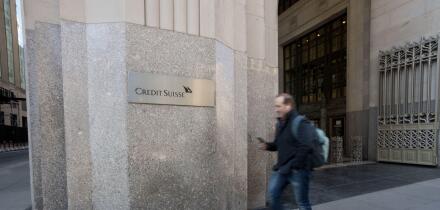Bankers are incorporating new structures to offer investors incremental yield in collateralized debt obligations, according to sister publication Derivatives Week. Lehman Brothers and Banc of America Securities are among the dealers marketing transactions that give investors the option to buy longer-term notes, beyond the traditional five-year maturity. Meanwhile, structurers of cash-flow CDOs have started allowing junior liabilities in the capital structure to be paid down early, in a process known as turboing. This has the dual benefit of reducing some of the costs of outstanding liabilities and attracting investors to different parts of the deal, officials said.
Investors may be able to pick up yield by extending the maturity of a CDO to seven years, for example, because of the steep credit curve, according to Nik Khakee, director at Standard & Poor's in New York. From a rating agency perspective, however, the challenge comes in determining what the likely path of a default is and calculating how much the probability of default increases in the extended period. "This is not obvious," he noted. The rating agency has recently started receiving proposals for structures that offer protection sellers the option to extend the maturity of deals, he added.
Most of the extendable CDOs hitting the market are five-year structures with one- or two-year call options that allow protection sellers to extend deals by this period, noted one official. Another strategy is for protection sellers to pay upfront for an option that buys them the right to be placed into a structure six months later for a set coupon, he added.
In the deals that pay down classes quicker, some dealers including Citigroup Global Markets are now also paying down lower tranches whereas it used to be only the most senior pieces that would be repaid, officials added. Lower-placed liabilities, such as mezzanine assets, may be more costly than senior ones and paying off these higher coupon liabilities earlier in the deal can give managers more flexibility, Khakee noted. One structurer added that getting back a quicker return on capital might also entice mezzanine investors who are concerned that they are taking on similar risk profiles to equity investors but are not being rewarded commensurately. "Super-senior tranches practically fly out of the door, but placing mezz tranches has been brutal," the structurer noted.
These innovations are part of an effort by structurers to achieve higher returns because many are struggling to bring full capital structure deals to market due to tight credit spreads. Other strategies gaining momentum include writing options on synthetic structures that allow buyers of the deals to earn carry while they are waiting for spreads to widen (BW, 3/8).





